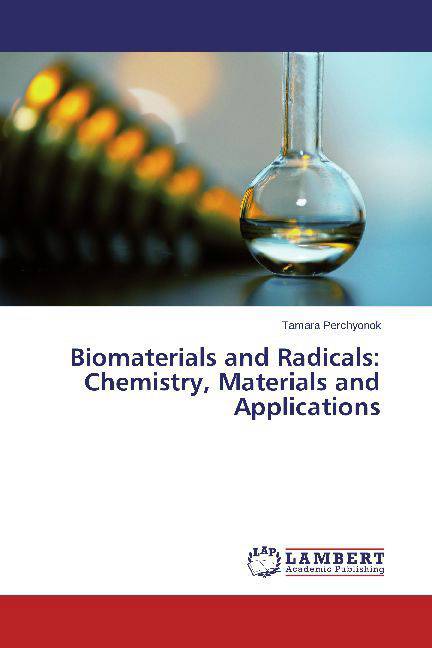
Je cadeautjes zeker op tijd in huis hebben voor de feestdagen? Kom langs in onze winkels en vind het perfecte geschenk!
- Afhalen na 1 uur in een winkel met voorraad
- Gratis thuislevering in België vanaf € 30
- Ruim aanbod met 7 miljoen producten
Je cadeautjes zeker op tijd in huis hebben voor de feestdagen? Kom langs in onze winkels en vind het perfecte geschenk!
- Afhalen na 1 uur in een winkel met voorraad
- Gratis thuislevering in België vanaf € 30
- Ruim aanbod met 7 miljoen producten
Zoeken
Biomaterials and Radicals: Chemistry, Materials and Applications
Chemistry, Materials and Applications
Tamara Perchyonok
Paperback | Engels
€ 47,95
+ 95 punten
Omschrijving
In chemistry, as in any other branches of science, experiments often, precedes theory. d. And radical chemistry is no exception. It is therefore perhaps useful to outline, in the very broad manner, the way the field developed over the past century or so, viewed from the perspective of the synthetic organic chemist. Recently the role of free radicals in health has attracted tremendous interest in the field of medicine, dentistry and molecular biology. There currently exists a wide range of degradable polymers that hold potential as biomaterials. Hydrogels are a class of materials which present a three dimensional (3D) structure, consist of hydrophilic polymers and retain a signi cant amount of water. Due to their good biocompatibility, exibility in fabrication, variable composition, and desirable physical characteristics (similar to physiological conditions), hydrogels alone or combined with cells have many biomedical applications. The objectives of this book is to evaluate the development and influence of free radical synthetically useful transformations and the novel chitosan and -cyclodextrin bio-polymers as functional designer biomaterials from chemistry to applications.
Specificaties
Betrokkenen
- Auteur(s):
- Uitgeverij:
Inhoud
- Aantal bladzijden:
- 144
- Taal:
- Engels
Eigenschappen
- Productcode (EAN):
- 9783659597077
- Verschijningsdatum:
- 8/09/2014
- Uitvoering:
- Paperback
- Afmetingen:
- 150 mm x 220 mm
- Gewicht:
- 222 g

Alleen bij Standaard Boekhandel
+ 95 punten op je klantenkaart van Standaard Boekhandel
Beoordelingen
We publiceren alleen reviews die voldoen aan de voorwaarden voor reviews. Bekijk onze voorwaarden voor reviews.









